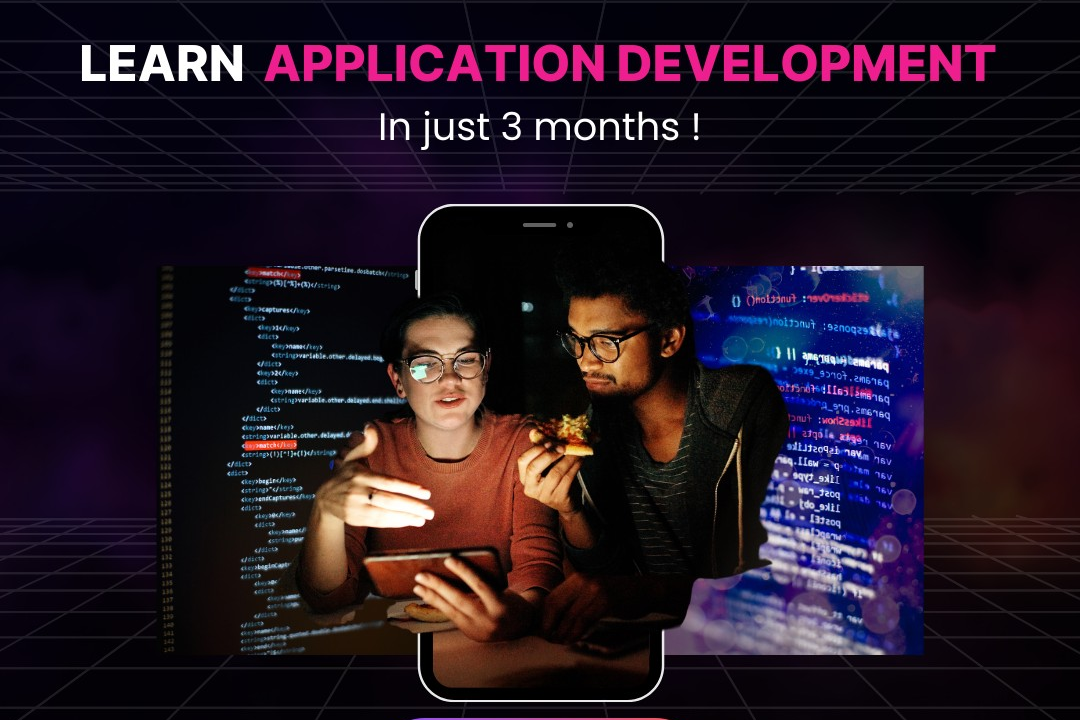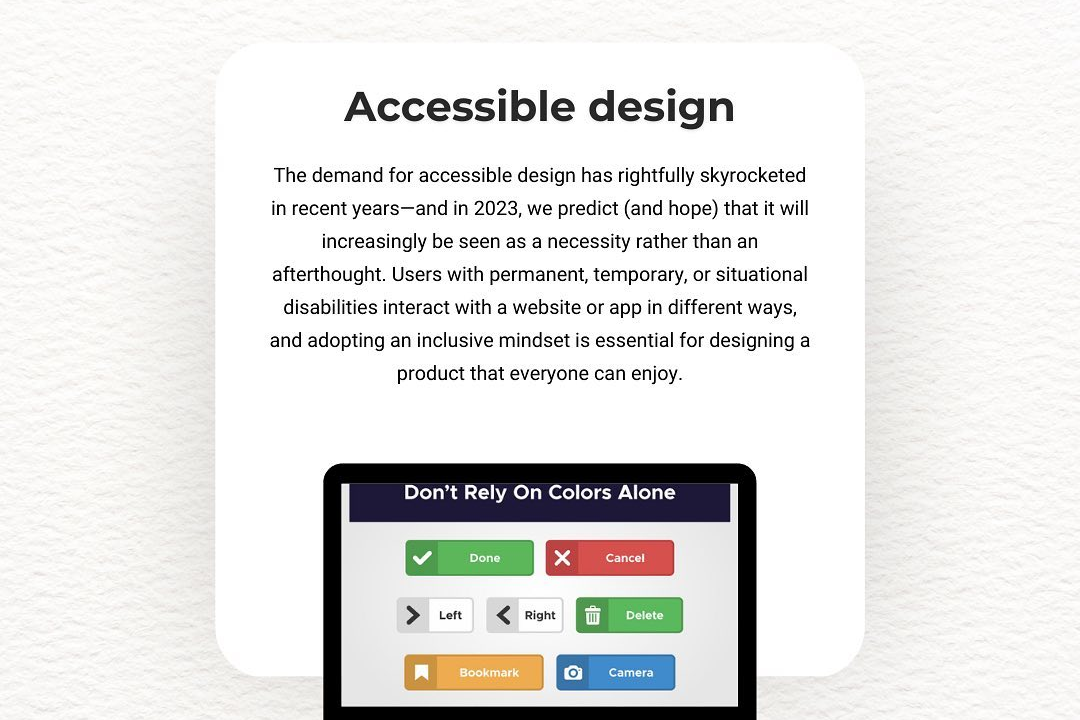Troubleshooting android apps
Effective Strategies for Troubleshooting Android Apps
Troubleshooting android apps
Troubleshooting Android apps is essential for maintaining optimal performance and user satisfaction. As users encounters issues such as crashes, slow loading times, or functionality problems, effective troubleshooting helps identify the root causes of these errors, ensuring a seamless user experience. This process not only aids developers in refining their applications but also enhances the overall reliability and stability of apps, ultimately leading to increased user retention and positive reviews. A robust troubleshooting strategy allows developers to swiftly address bugs, adapt to system updates, and implement user feedback, thereby fostering a culture of continuous improvement and innovation within the app development lifecycle.
To Download Our Brochure: https://www.justacademy.co/download-brochure-for-free
Message us for more information: +91 9987184296
1 - Identify the Issue: Begin by determining the specific problem users are experiencing, whether it’s crashes, freezes, or unexpected behavior.
2) Check for Updates: Ensure that both the app and the Android operating system are updated to their latest versions, as updates often fix existing bugs.
3) Clear Cache: Advise users to clear the app’s cache from the device settings, which can resolve issues related to corrupted temporary files.
4) Reinstall the App: If the app continues to malfunction, instruct users to uninstall and then reinstall it to eliminate any corrupted installations.
5) Test on Different Devices: Testing the app on various Android devices can help identify device specific issues and ensure compatibility across a wide range of hardware.
6) Review Logs: Utilize Android's Logcat feature to access error logs and drop insights on crashes or performance issues, assisting in pinpointing root causes.
7) Check Permissions: Ensure that your app has the necessary permissions enabled; missing permissions can lead to features not working as intended.
8) Optimize Performance: Examine the app’s performance metrics to identify performance bottlenecks, including memory usage and CPU load, and make appropriate adjustments.
9) Handle Configuration Changes: Implement robust handling of configuration changes (e.g., screen orientation) to avoid crashes and improve user experience during such updates.
10) Conduct User Feedback Analysis: Gather and analyze user feedback from app stores or directly from users to identify common issues faced by a broader audience.
11 - Monitor Connectivity Issues: Check for network related problems, as unstable internet connections can cause issues in apps that rely on real time data.
12) Debug with Testing Tools: Use various testing tools and frameworks (like Espresso or UI Automator) for in depth debugging during the development phase.
13) Limit Background Processes: Ensure that the app efficiently handles background processes, preventing excessive resource usage which may lead to app slowdowns.
14) Implement Crash Reporting: Utilize crash reporting tools such as Firebase Crashlytics to gather detailed reports of app crashes, helping diagnose issues promptly.
15) Set Up Real Time Monitoring: Incorporate real time monitoring solutions to proactively detect issues before they affect a large number of users, allowing for timely fixes.
16) User Interface Testing: Regularly conduct usability testing to ensure that the user interface (UI) is intuitive and free from bugs that could hinder user interaction.
17) Version Compatibility Checks: Determine whether the app is compatible with different versions of Android OS, ensuring functionality across a diverse user base.
18) Test Connectivity Scenarios: Simulate various network conditions (Wi Fi, 4G, offline mode) to evaluate how the app performs under different connectivity scenarios.
19) Optimize Resource Usage: Analyze and optimize your app’s battery consumption, memory usage, and network usage to prevent performance issues on users’ devices.
20) Implement Retrying Logic: For functions dependent on network requests, ensure that there’s a retry mechanism in place to handle temporary failures gracefully.
21 - Adopt an Agile Development Approach: Utilize an agile methodology for continuous delivery and integration, allowing for quick fixes and updates based on user feedback.
22) Create Comprehensive Documentation: Maintain thorough documentation of the app’s features, troubleshooting steps, and common issues to facilitate quicker resolutions both for users and developers.
23) Utilize User Experience (UX) Analytics: Analyze user behavior within the app to identify common navigation issues or bottlenecks that may lead to frustration and potential crashes.
24) Establish a Beta Testing Group: Create a beta testing group of users to help identify bugs before the public release by gaining insights from real world usage.
25) Include Fallback Mechanisms: Design fallback mechanisms for critical app functions to ensure basic usability in case of unexpected failures.
26) Regularly Review Dependencies: Review third party libraries and dependencies for updates or deprecation warnings that may affect app reliability.
27) Training and Support: Provide proper training and support resources for users facing issues, including a comprehensive FAQ section or user guide.
28) Incident Response Plan: Develop an incident response plan for quickly addressing significant issues reported by users, ensuring timely communication and resolution.
29) Consider Security Vulnerabilities: Regularly assess and address potential security vulnerabilities that could impact app stability and user trust.
30) Engage with Community Feedback: Actively monitor and engage with user reviews and forums for common trends, leveraging community feedback to improve app performance and user satisfaction.
31 - Perform Stress Testing: Conduct stress tests to evaluate how the app behaves under extreme conditions, ensuring stability even with high usage.
32) Adopt Continuous Integration/Continuous Deployment (CI/CD): Implement CI/CD practices to streamline the development process, enabling rapid updates and quick bug fixes.
33) Integrate Analytics Tools: Use analytics tools to track app usage patterns and identify anomalies that could indicate underlying issues.
34) Enhance Error Handling: Implement enhanced error handling mechanisms to provide clearer error messages and guidance for users, improving overall experience.
35) Monitor App Store Reviews: Keep an eye on app store reviews for insights into user satisfaction and potential areas for improvement, addressing concerns directly in future updates.
Course Overview
The ‘Troubleshooting Android Apps’ course is designed to equip learners with the essential skills and techniques needed to identify, diagnose, and resolve common issues encountered during Android app development and usage. Covering a wide range of topics such as debugging practices, performance optimization, crash analytics, and user experience analysis, this hands-on course emphasizes real-time projects to solidify understanding. Participants will learn to utilize various tools and strategies to enhance app functionality, ensuring a seamless experience for users. By the end of the course, learners will be proficient in troubleshooting methodologies, empowering them to enhance app reliability, boost user satisfaction, and maintain high standards in their Android applications.
Course Description
The “Troubleshooting Android Apps” course is a comprehensive program designed for aspiring developers who want to master the art of diagnosing and resolving issues within Android applications. This course covers essential topics such as debugging techniques, performance optimization strategies, crash analysis, and best practices for enhancing user experience. Through a series of hands-on projects and real-world scenarios, participants will learn to effectively identify common pitfalls and implement solutions that improve app reliability and functionality. By the end of the course, learners will possess the skills necessary to troubleshoot Android apps efficiently, ensuring high standards of quality and user satisfaction in their development efforts.
Key Features
1 - Comprehensive Tool Coverage: Provides hands-on training with a range of industry-standard testing tools, including Selenium, JIRA, LoadRunner, and TestRail.
2) Practical Exercises: Features real-world exercises and case studies to apply tools in various testing scenarios.
3) Interactive Learning: Includes interactive sessions with industry experts for personalized feedback and guidance.
4) Detailed Tutorials: Offers extensive tutorials and documentation on tool functionalities and best practices.
5) Advanced Techniques: Covers both fundamental and advanced techniques for using testing tools effectively.
6) Data Visualization: Integrates tools for visualizing test metrics and results, enhancing data interpretation and decision-making.
7) Tool Integration: Teaches how to integrate testing tools into the software development lifecycle for streamlined workflows.
8) Project-Based Learning: Focuses on project-based learning to build practical skills and create a portfolio of completed tasks.
9) Career Support: Provides resources and support for applying learned skills to real-world job scenarios, including resume building and interview preparation.
10) Up-to-Date Content: Ensures that course materials reflect the latest industry standards and tool updates.
Benefits of taking our course
Functional Tools
1 - Android Studio
Android Studio is the official integrated development environment (IDE) for Android app development. It provides a rich layout editor, a debugger, and a powerful emulator. Students will learn how to utilize the IDE for coding, testing, and debugging their applications. Through practical assignments, they will explore features like performance analysis tools and real time testing environments which significantly aid in identifying and troubleshooting errors within the app.
2) Logcat
Logcat is a logging system provided by Android that helps developers view system messages. In the course, students will be trained on how to utilize Logcat effectively for troubleshooting applications. They will learn to filter logs, recognize warning messages, and analyze error outputs, enabling them to diagnose issues quickly. Understanding how to interpret Logcat outputs is crucial for effective debugging and ensures a smooth development process.
3) ADB (Android Debug Bridge)
ADB is a versatile command line tool that allows communication between a computer and an Android device. The course will teach students the various commands available in ADB for troubleshooting apps. They will gain experience with commands to install/uninstall applications, access device logs, and run shell commands that facilitate deeper testing. ADB becomes an essential part of a developer’s toolkit for debugging and testing on different devices.
4) Stetho
Stetho is an open source debug bridge developed by Facebook for Android applications. This tool enables developers to inspect their apps using Chrome Developer Tools. Throughout the training program, students will learn to set up Stetho in their projects to monitor network calls, view database contents, and inspect shared preferences. This capability aids in identifying performance bottlenecks and data flow issues within their applications.
5) LeakCanary
LeakCanary is a memory leak detection library for Android. During the course, students will be introduced to the concept of memory leaks and how they can affect app performance. They will learn how to implement LeakCanary to automatically detect memory leaks during development. Understanding memory management and troubleshooting leaks is essential for maintaining optimal app performance and providing a seamless user experience.
6) Firebase Crashlytics
Firebase Crashlytics is a cloud based crash reporting tool that helps developers track app crashes and performance issues in real time. In the training program, students will explore Crashlytics for monitoring app health after deployment. They will learn how to set up the tool, view crash reports, and debug issues based on user behavior and circumstances leading to a crash. This proactive approach ensures developers can quickly address user reported problems, enhancing overall app reliability.
These tools are integral to the Troubleshooting Android Apps course, providing students with a comprehensive foundation in debugging techniques and tools that are essential in real world scenarios. By mastering these tools, participants will be well prepared for challenges they might face in their Android app development careers.
7) Debugging Algorithms and Techniques
Understanding various algorithms and techniques for debugging is essential for software development. The course will cover common debugging strategies, such as binary search for bugs, unit testing, and integration testing. Students will also learn how to use breakpoints effectively, step through code, and trace program execution. This knowledge equips them with problem solving skills that are essential for identifying root causes of issues in their applications.
8) Unit Testing with JUnit
JUnit is a widely used testing framework for Java applications, including those on Android. In this course, participants will learn how to write unit tests to ensure that individual parts of their applications function correctly. They will explore the best practices for test driven development (TDD) and how to implement JUnit tests using Android Studio. This segment emphasizes the importance of validating code before deployment, ensuring higher application quality and fewer bugs in production.
9) UI Testing with Espresso
Espresso is an Android testing framework used for writing UI tests. Participants will learn how to set up and write automated UI tests to validate user interactions within their applications. The course will cover concepts such as synchronization with the app’s UI thread and how to manage different UI states. Mastering Espresso helps developers create robust applications and enhance user experience by ensuring all UI components behave as intended.
10) Performance Profiling Tools
To maintain application performance, it's crucial to understand performance profiling. The course will introduce students to various profiling tools available in Android Studio, such as CPU Profiler, Memory Profiler, and Network Profiler. They will learn how to analyze application performance metrics, identify performance bottlenecks, and optimize resource usage. This knowledge is vital for delivering efficient, responsive applications.
11 - Network Troubleshooting
As many applications rely heavily on network communication, understanding how to troubleshoot network issues is essential. The course will teach students various methods for diagnosing network problems, including checking API responses, analyzing network logs, and using tools like Postman to test APIs. This training will enable them to effectively handle issues related to data retrieval and ensure their applications remain functional even in varying network conditions.
12) Version Control with Git
Version control is integral to modern software development. The course will delve into Git for managing code changes, collaborating with teams, and tracking project history. Students will learn how to handle branches, resolve merge conflicts, and utilize Git commands for creating a robust development workflow. This skill is invaluable for managing applications and coordinating efforts among multiple developers.
13) Handling Exceptions
Properly managing exceptions is crucial for a stable application. Participants will explore the concept of exception handling in Android, including try catch blocks, custom exceptions, and error logging strategies. They will learn how to anticipate potential failures and provide meaningful error messages to the user, enhancing the overall user experience even when errors occur.
14) User Feedback and Analytics
Collecting user feedback and implementing analytics can provide insights into how to improve an application. The course will cover tools and techniques for gathering feedback, such as Firebase Analytics or Google Analytics, and how to interpret that data. Understanding user interactions and potential pain points aids developers in making informed decisions for enhancements and fixing prevalent issues in their applications.
15) Real World Project Implementation
To solidify their learning, students will engage in real world projects that incorporate all the debugging tools and techniques learned throughout the course. They will work on building functional applications, implement testing strategies, and troubleshoot issues that arise during development. This hands on experience provides a practical context and prepares students for real industry challenges.
By the end of the Troubleshooting Android Apps course, students will possess a holistic understanding of debugging methodologies, tools, and best practices, equipping them for success in their Android development careers.
Browse our course links : https://www.justacademy.co/all-courses
To Join our FREE DEMO Session: Click Here
This information is sourced from JustAcademy
Contact Info:
Roshan Chaturvedi
Message us on Whatsapp:
Email id: info@justacademy.co











